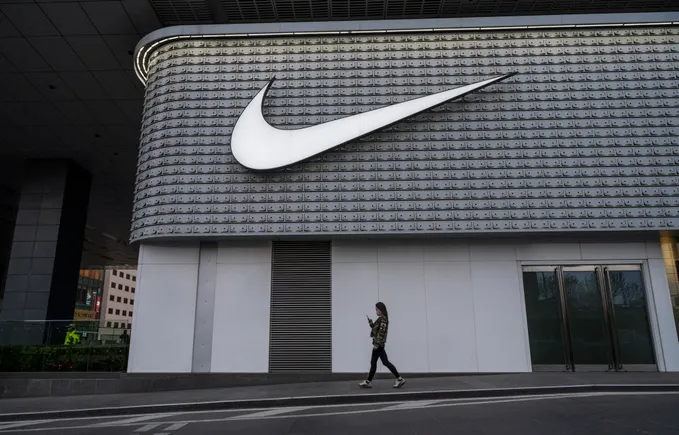Dive Brief:
- Nike reported disappointing fourth-quarter and full-year results on Thursday, with revenue down 2% to $12.6 billion in Q4 and roughly flat at $51.4 billion for the year. Nike CEO John Donahoe said on a call with analysts that the company has “work to do, but we’re on it.”
- Nike Direct revenues declined 8% in Q4 and inched up 1% for the year, as the company rethinks its DTC strategy. Wholesale, on the other hand, grew 5% in Q4 and 1% for the year, according to a company press release.
- The company cut its guidance for the year, expecting sales to be down mid-single digits, after saying in Q3 that revenue and earnings would grow in the year ahead. The first half of the year is expected to be particularly bad, with revenue down high-single digits.
Dive Insight:
Nike ended the fiscal year with revenue declines, a guidance cut and an acknowledgment — once again — that its DTC strategy needs adjustment.
“We’re embracing a more balanced approach to growing the whole marketplace,” Donahoe said Thursday, noting the company wants to be wherever the consumer is. Executives also said that the mix of supply in DTC and wholesale was part of what drove volatility in the quarter.
GlobalData Managing Director Neil Saunders identified the focus on DTC sales as one of two major mistakes Nike made. Indeed, the brand was just sued over the strategy as well, with investors alleging the company and its leading executives misled them over the success of the shift.
“While this push was understandable for several reasons, not least the impact on margins, Nike took it too far and underestimated the importance of third-party retailers,” Saunders said in emailed comments. “This withdrawal opened the door for those retailers to partner more closely with other brands. Although Nike is now rebuilding these relationships, it is still suffering from the exposure it essentially gifted to other brands.”
The other problem is a lack of innovation, which Nike addressed last quarter as well, noting that it’s pulling forward some innovations by more than a year to regain its competitiveness. Donahoe said Thursday that the company is speeding up design, development, product testing and manufacturing of new items in an effort to bring more innovation to the market faster. The company has met with key wholesale partners, who have indicated they’re impressed with the upcoming launches. Nevertheless, the lack of newness caused lifestyle products to decline in Q4, which had a “pronounced impact” on the company’s digital sales as well, according to Donahoe.
Wedbush analysts, which called the earnings report “very choppy,” said strong results in the performance category was one of the few silver linings for Nike, but noted that “the challenges facing the company are clearly more impactful than we (or management) expected.”
Donahoe himself called it a challenging year, but he assured investors that the company is tackling the problems, saying there has been a “palpable shift” in energy with employees. Even with the struggles, Nike’s stalled revenue growth is far from a disaster, Saunders noted, as revenues are up almost 24% from 2019.
“However, this is not the yardstick by which Nike is measured,” Saunders said. “Compared to the market, which remains in growth, and compared to rivals, many of which are expanding sales at a rapid clip, Nike looks sluggish and unfit.”





